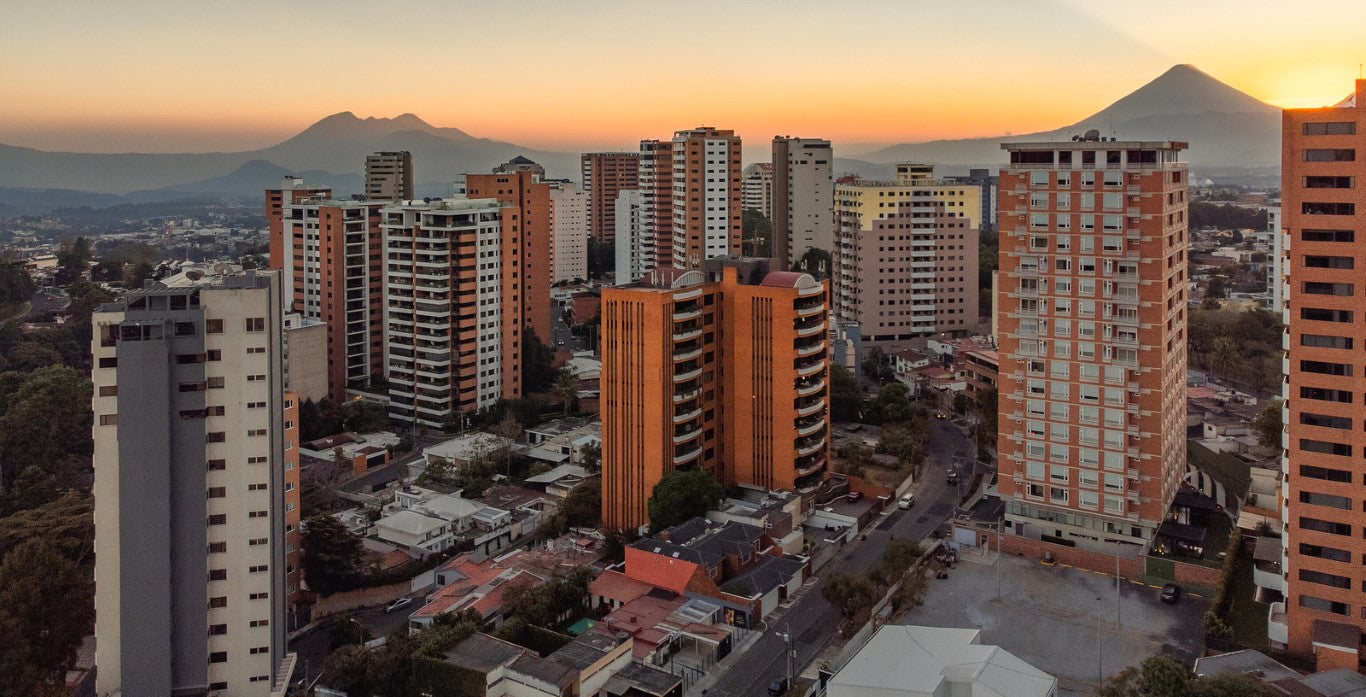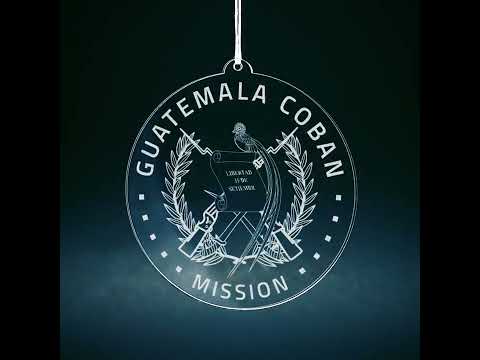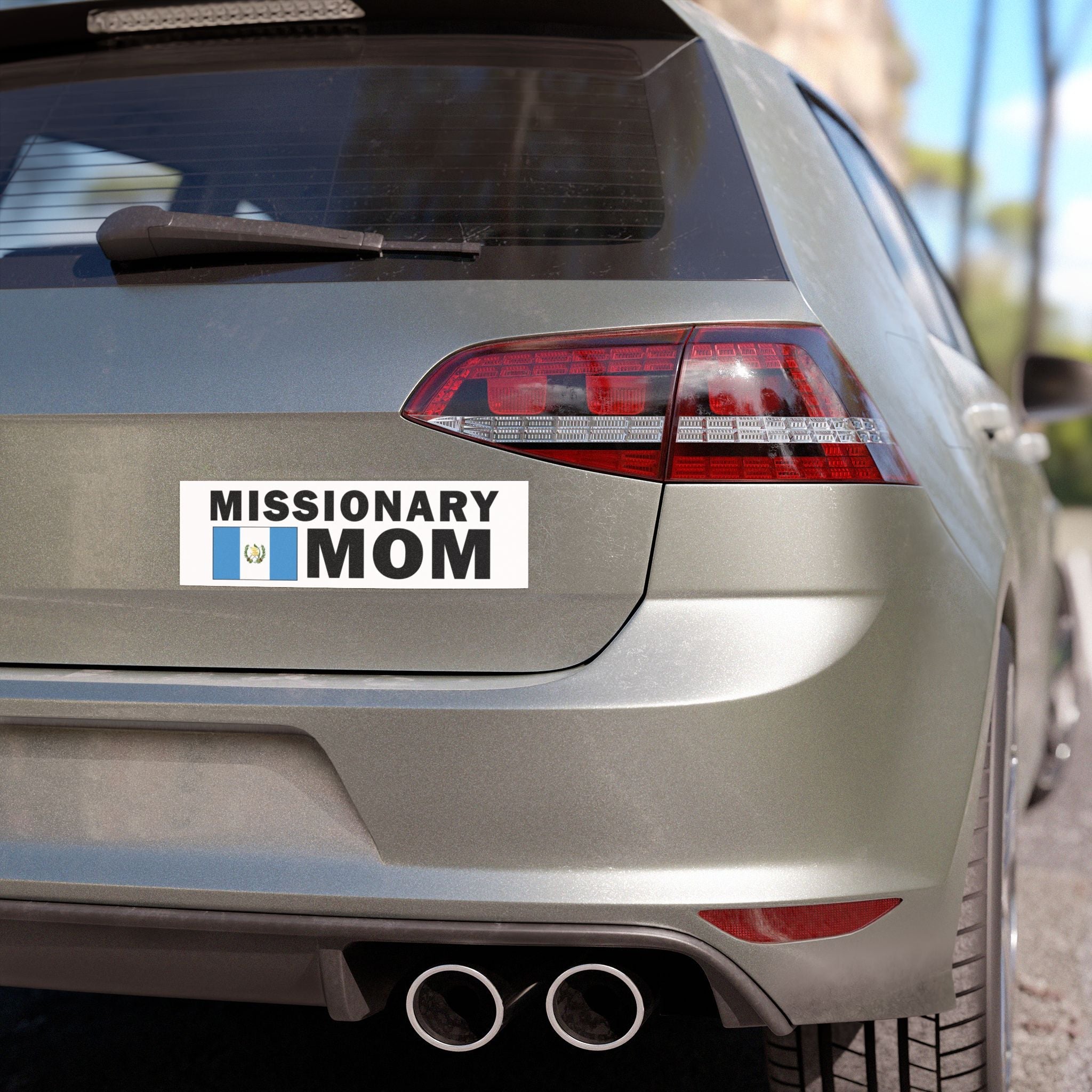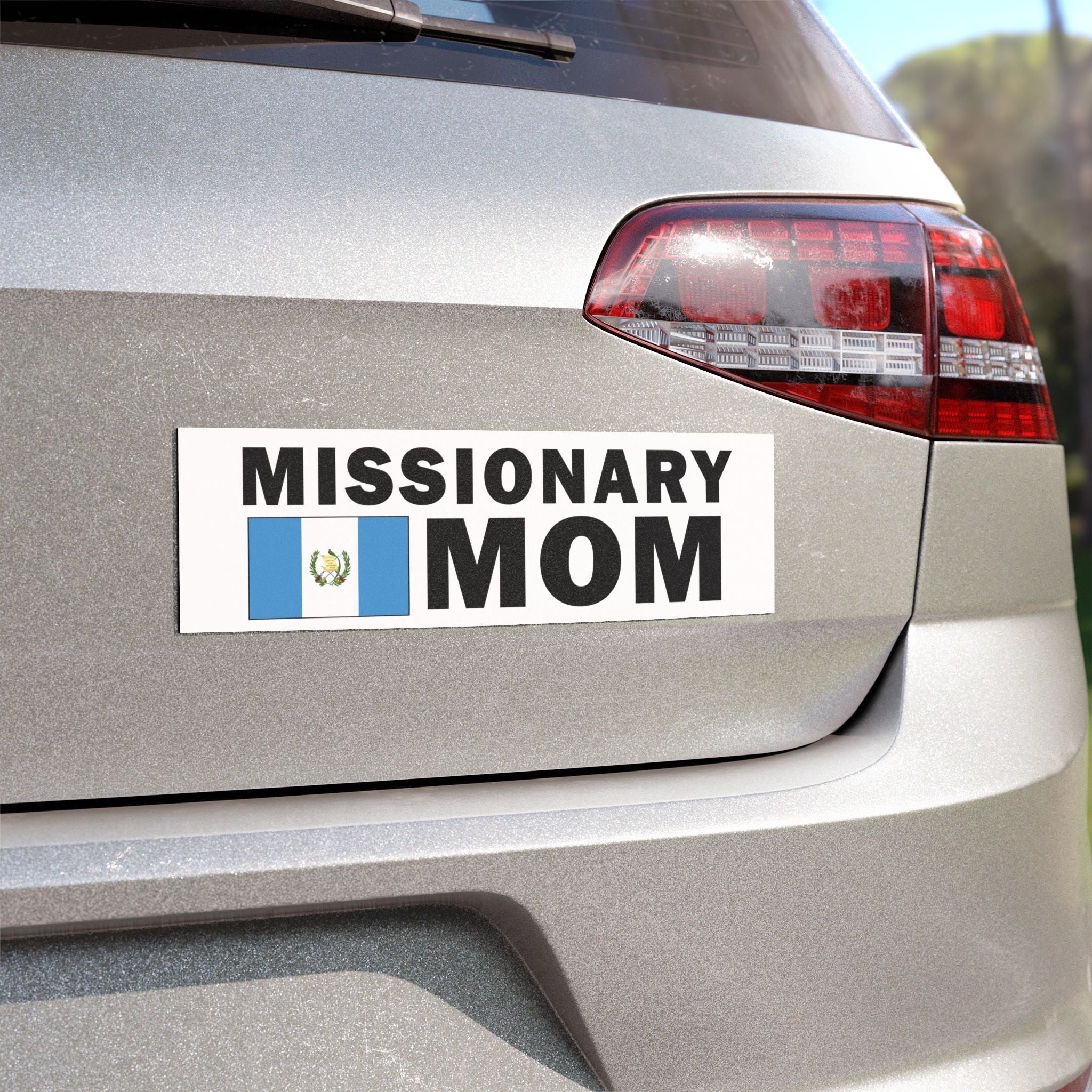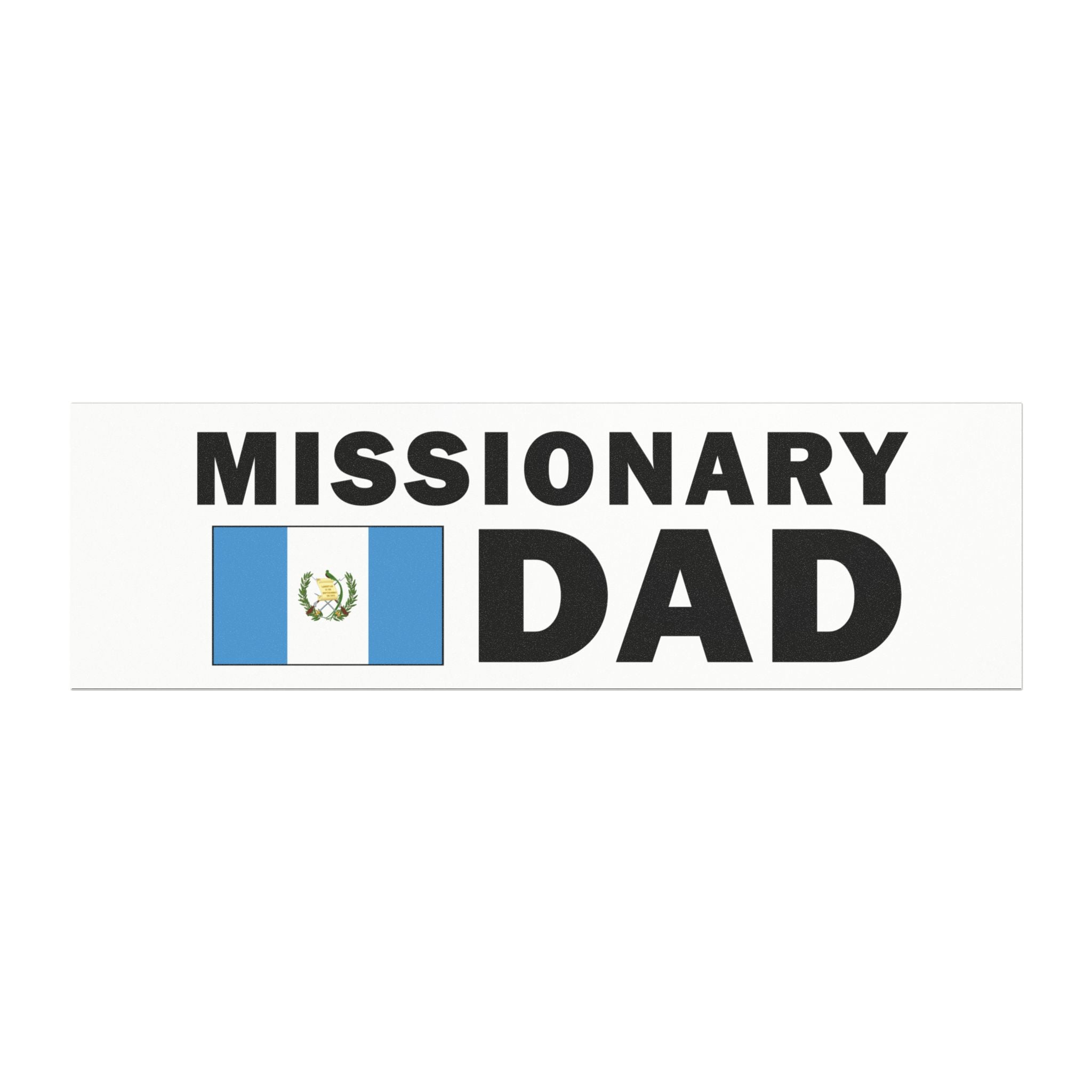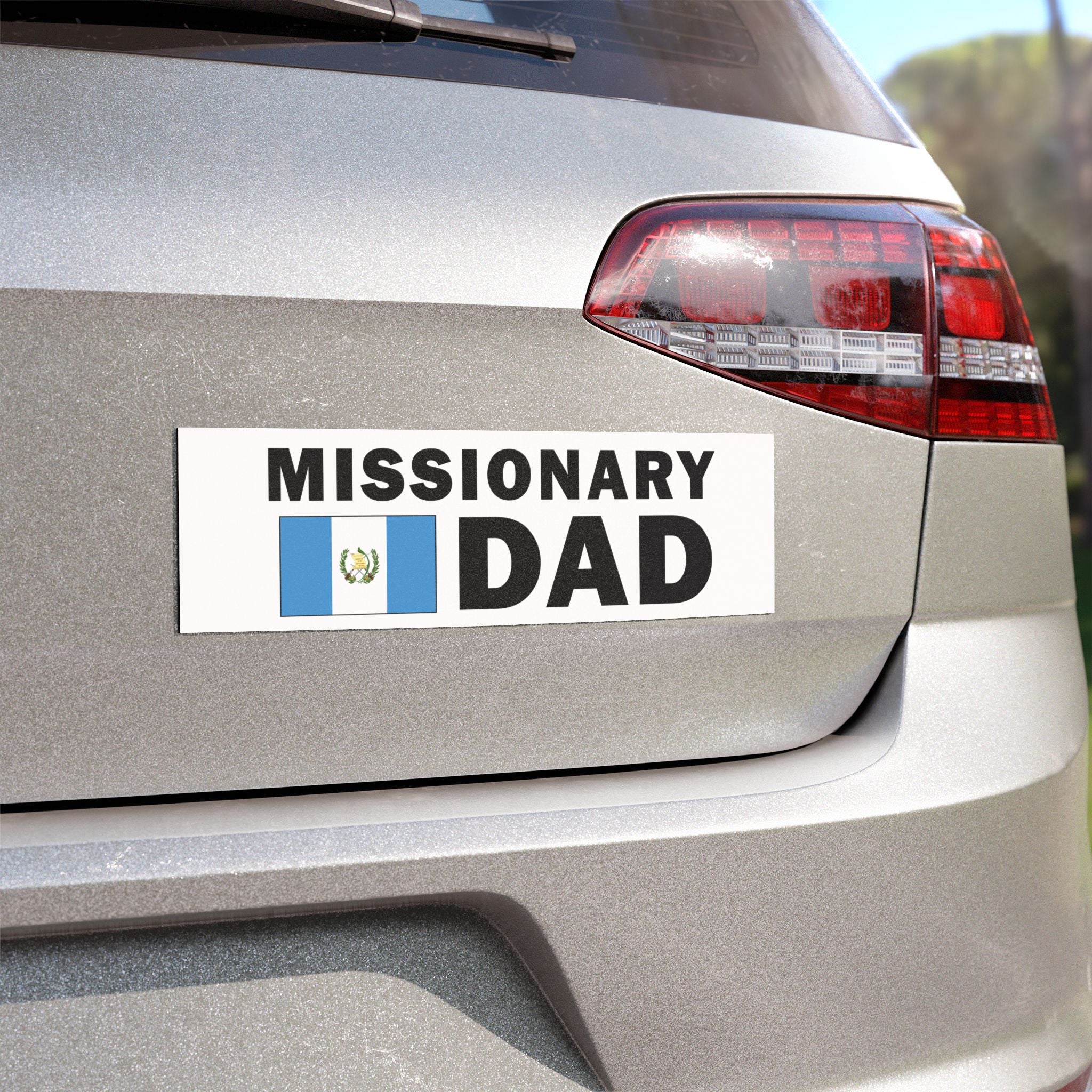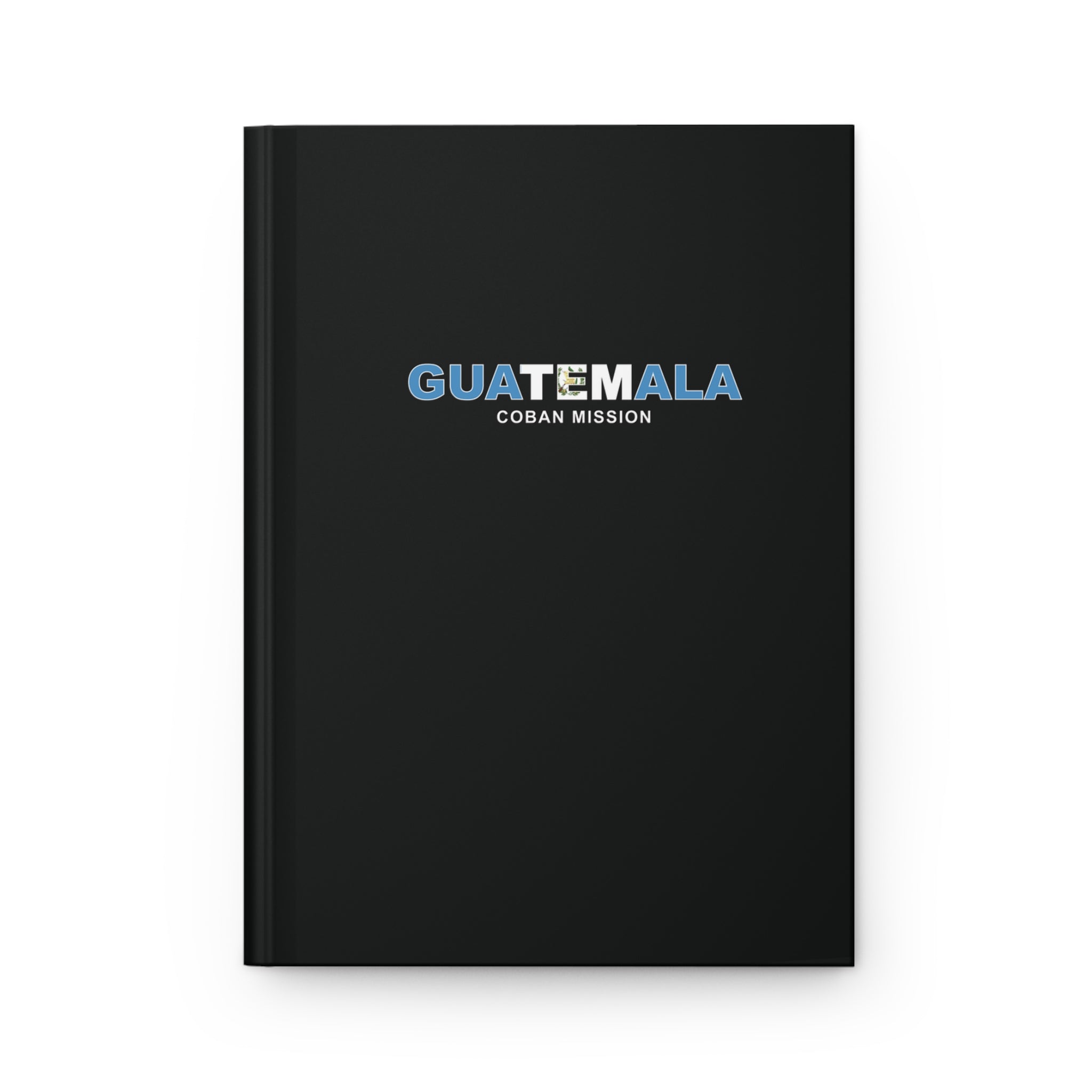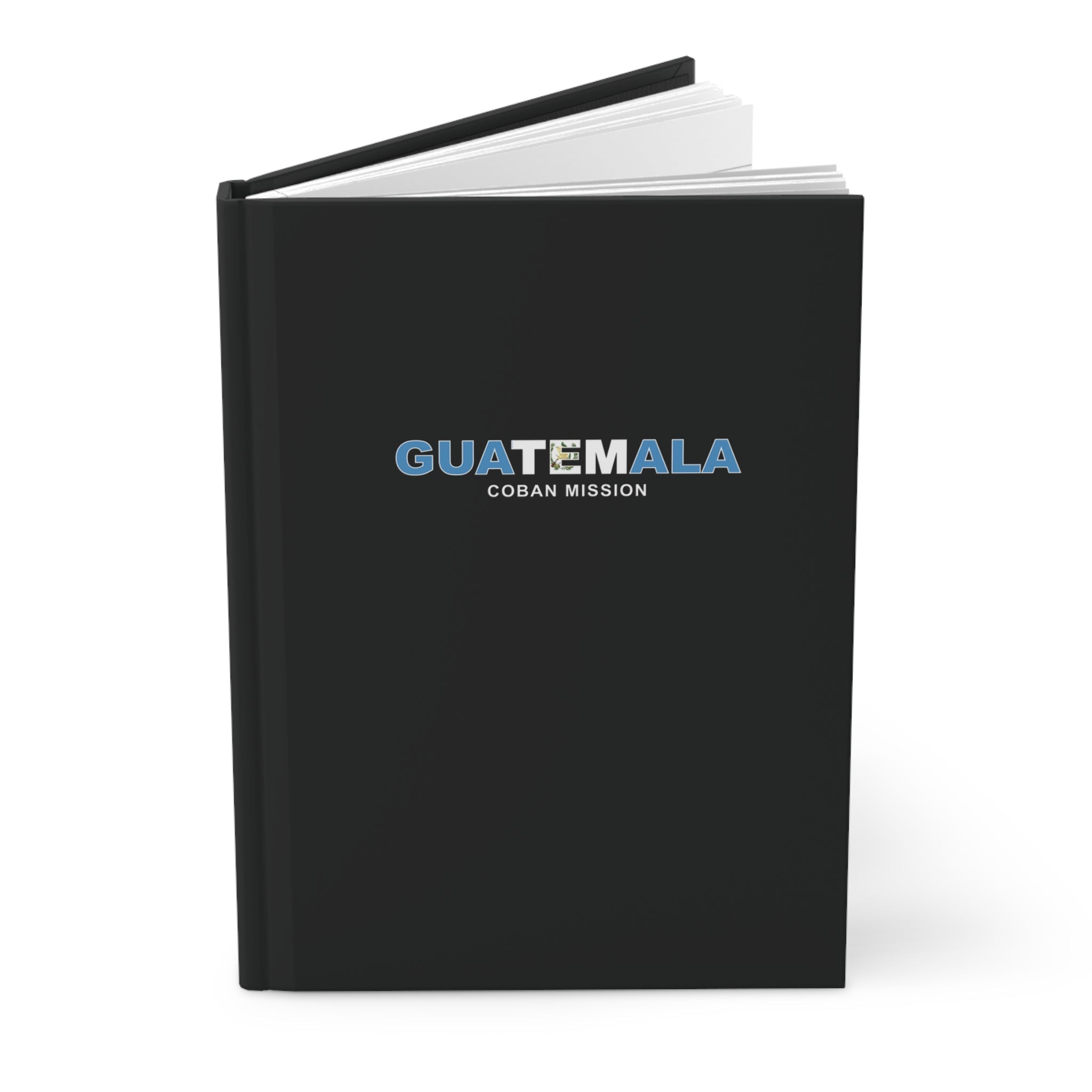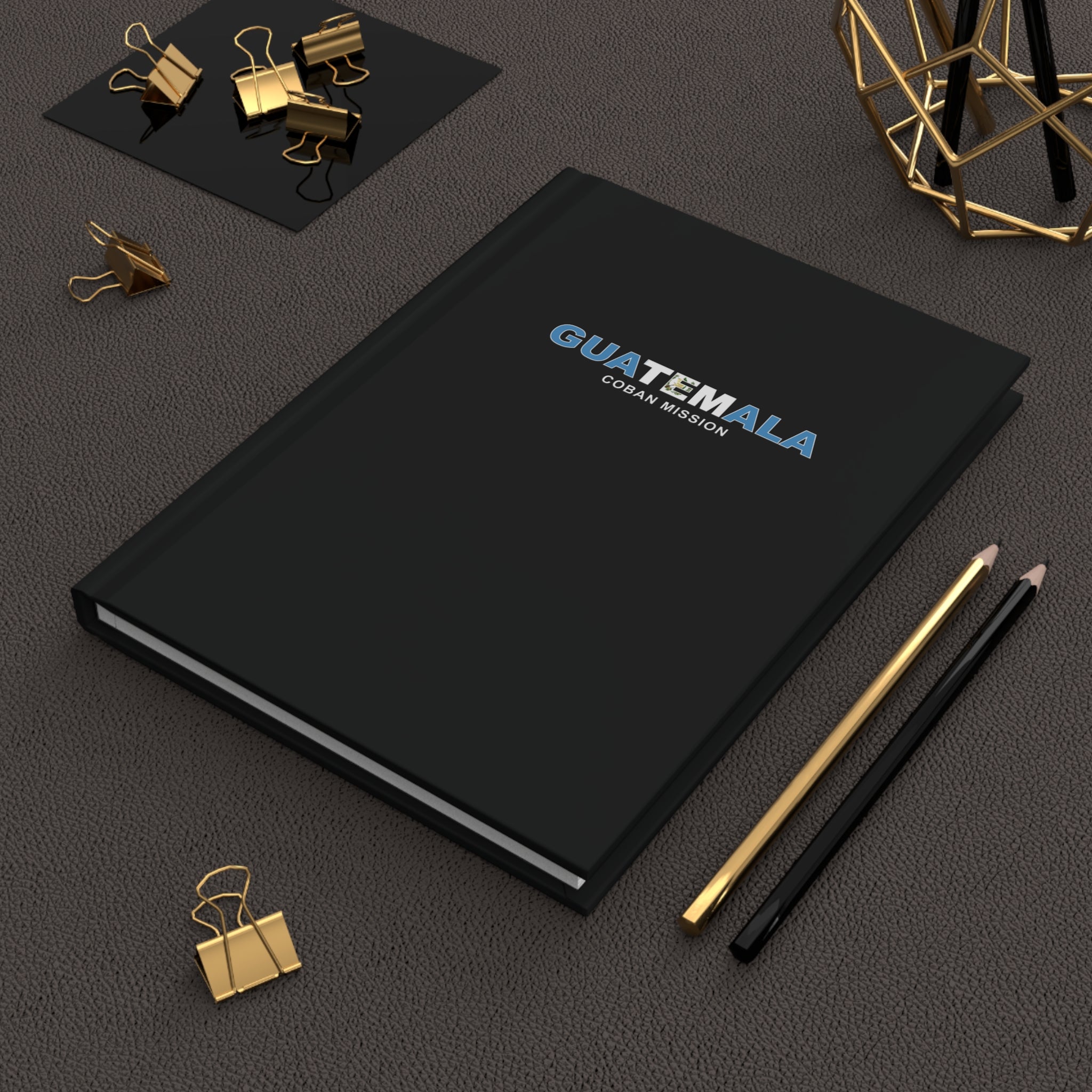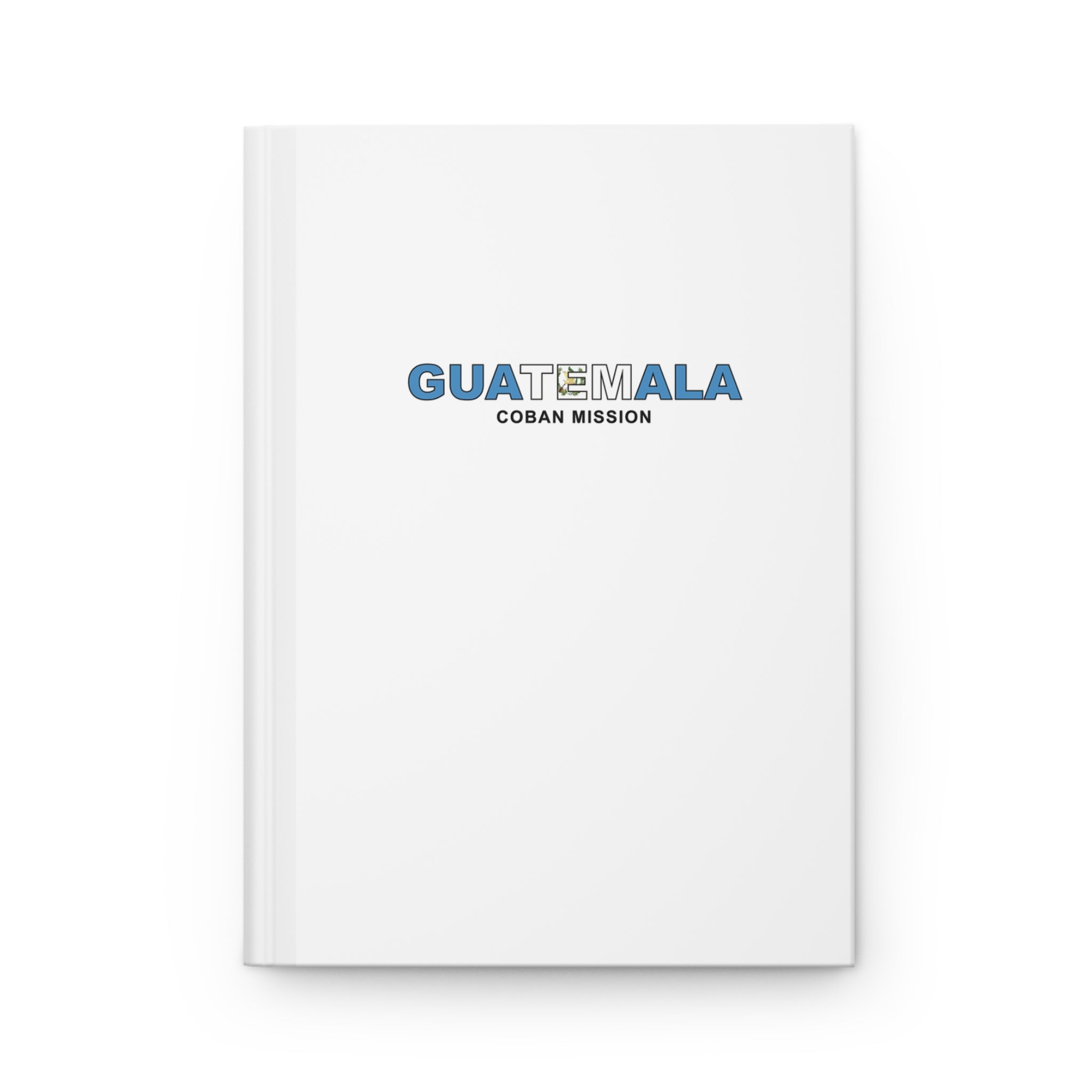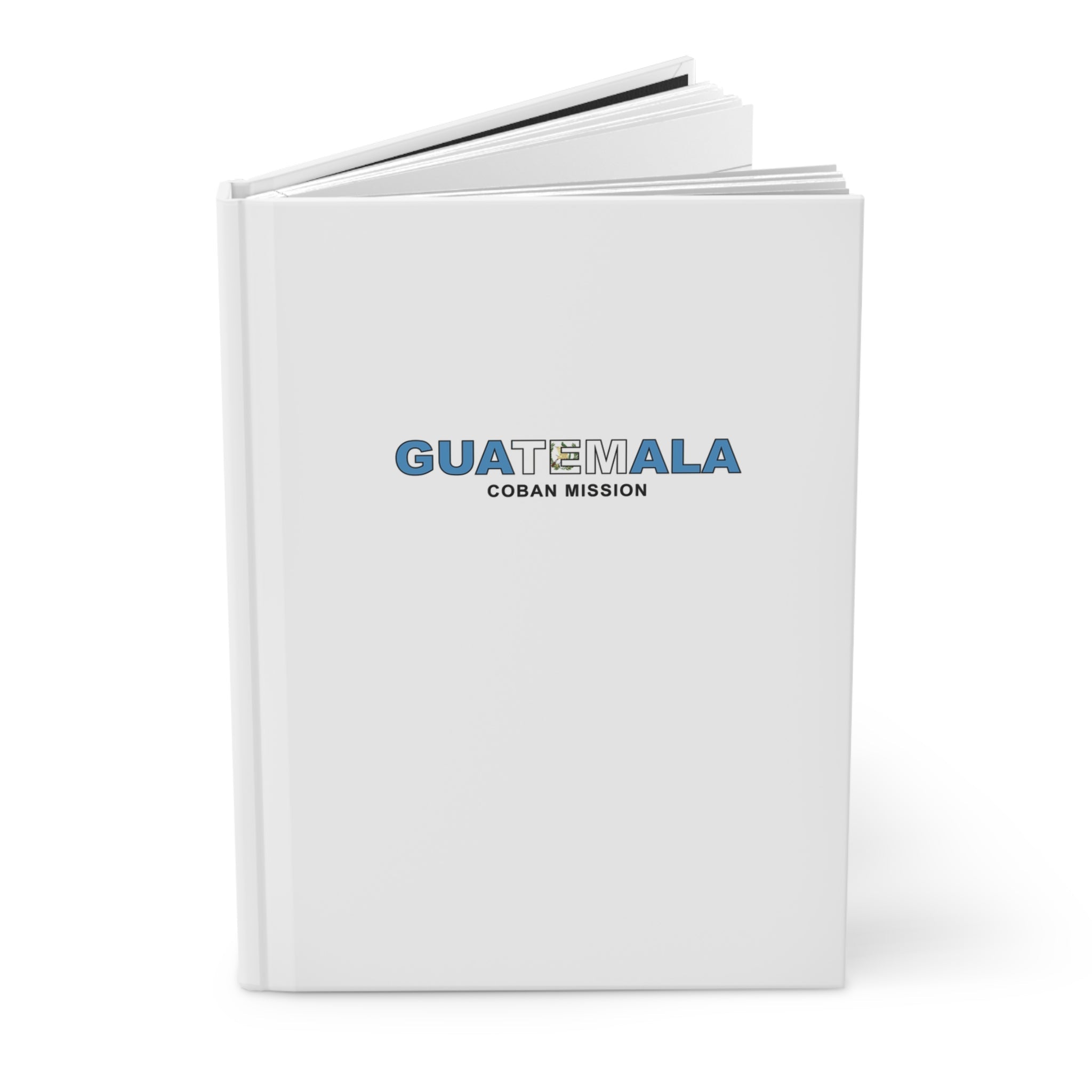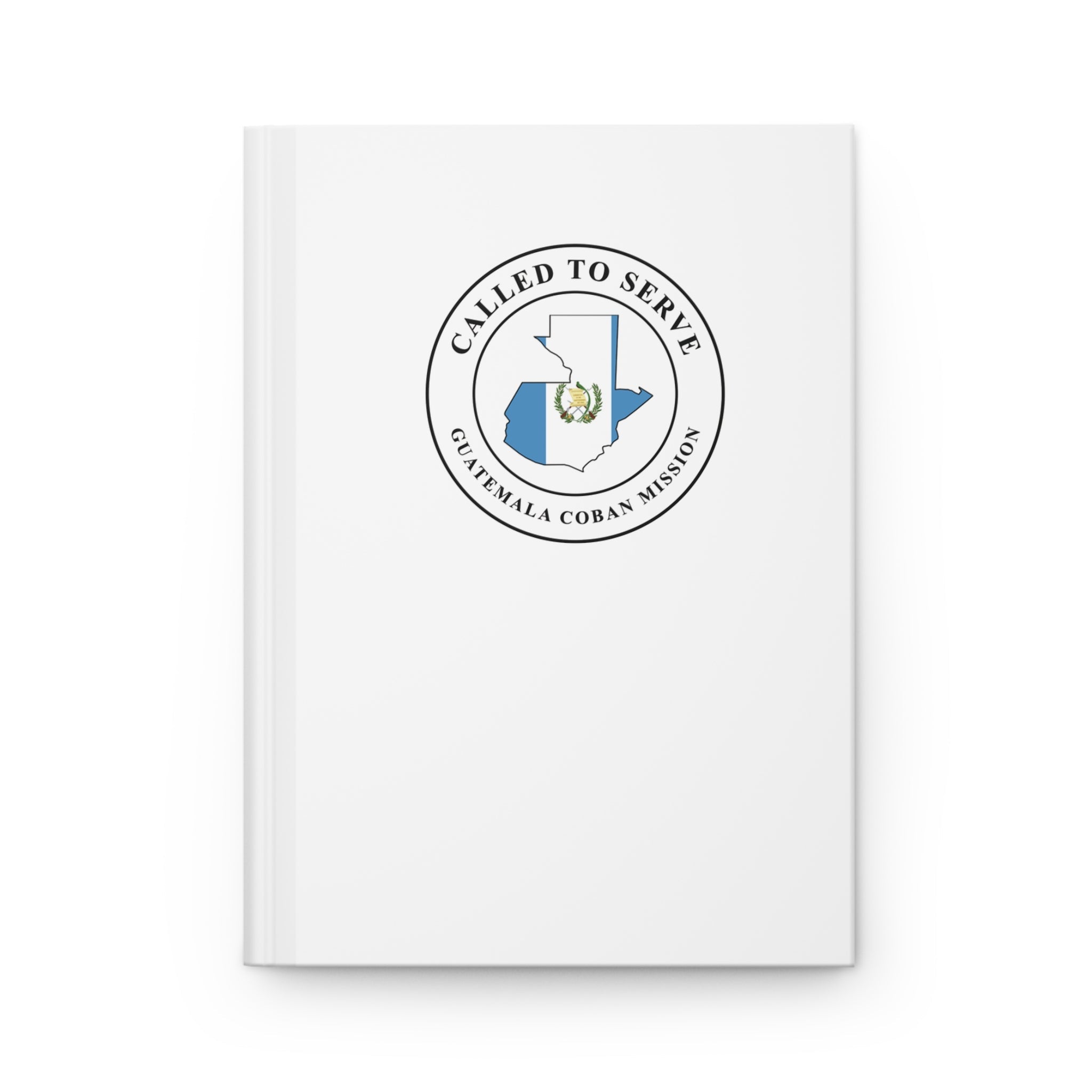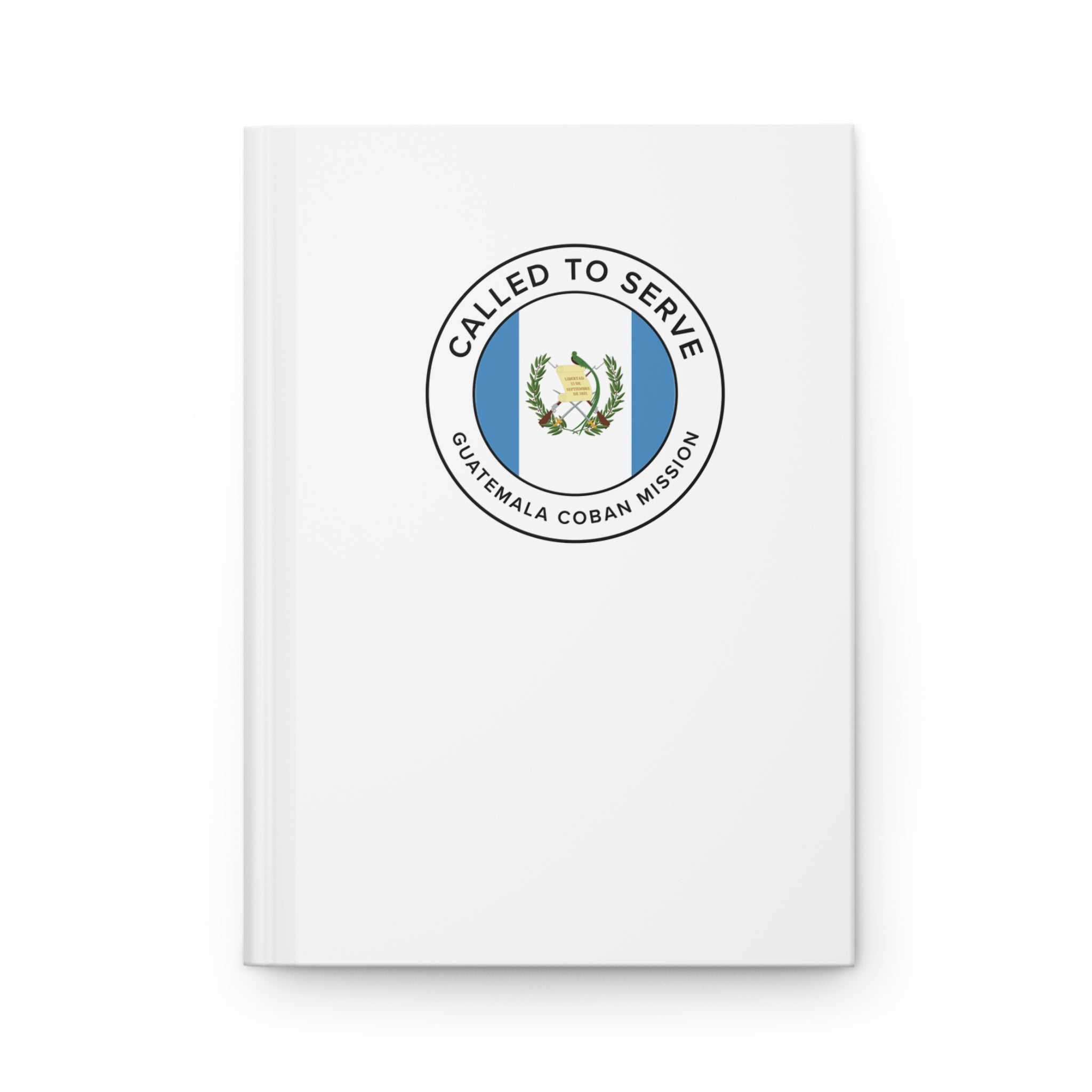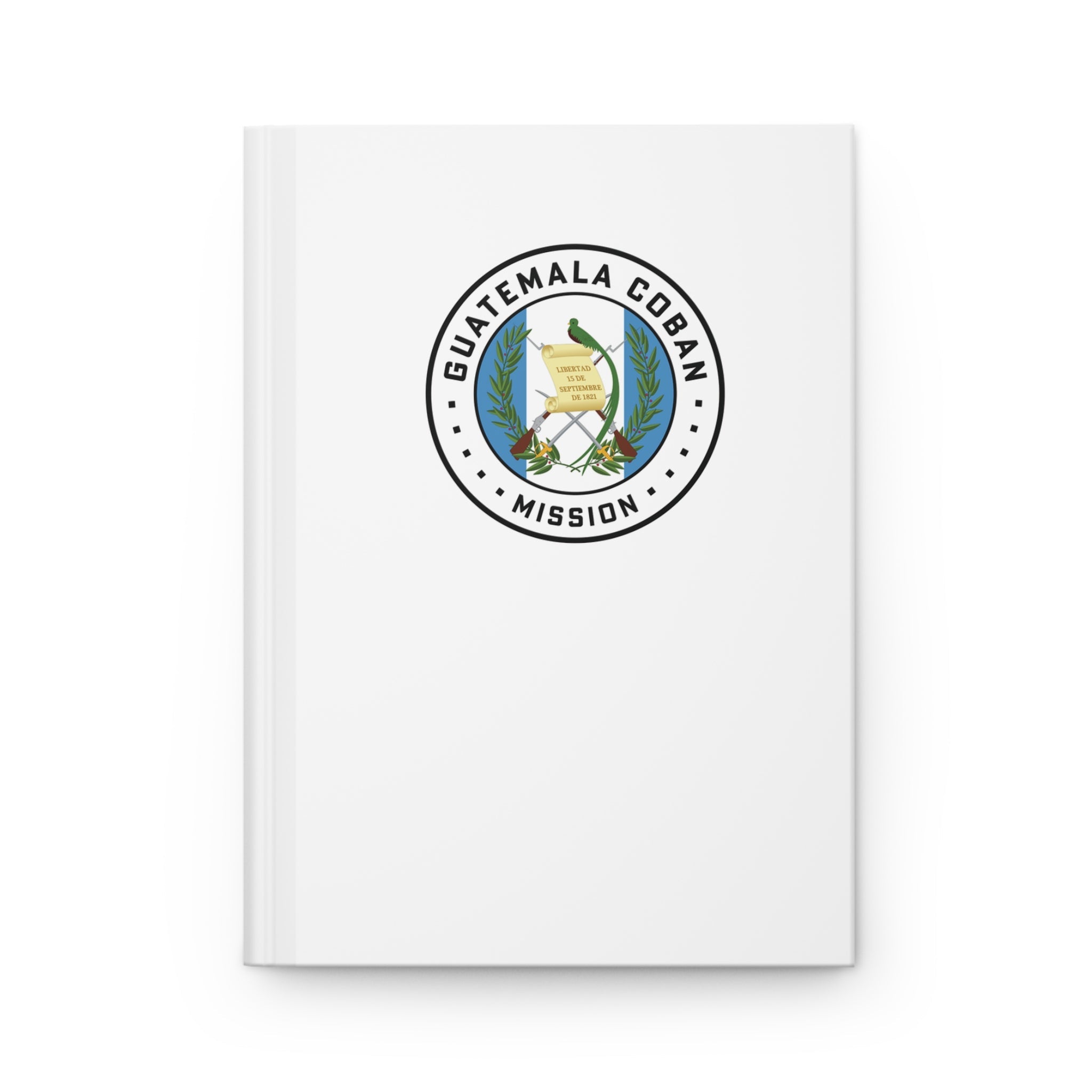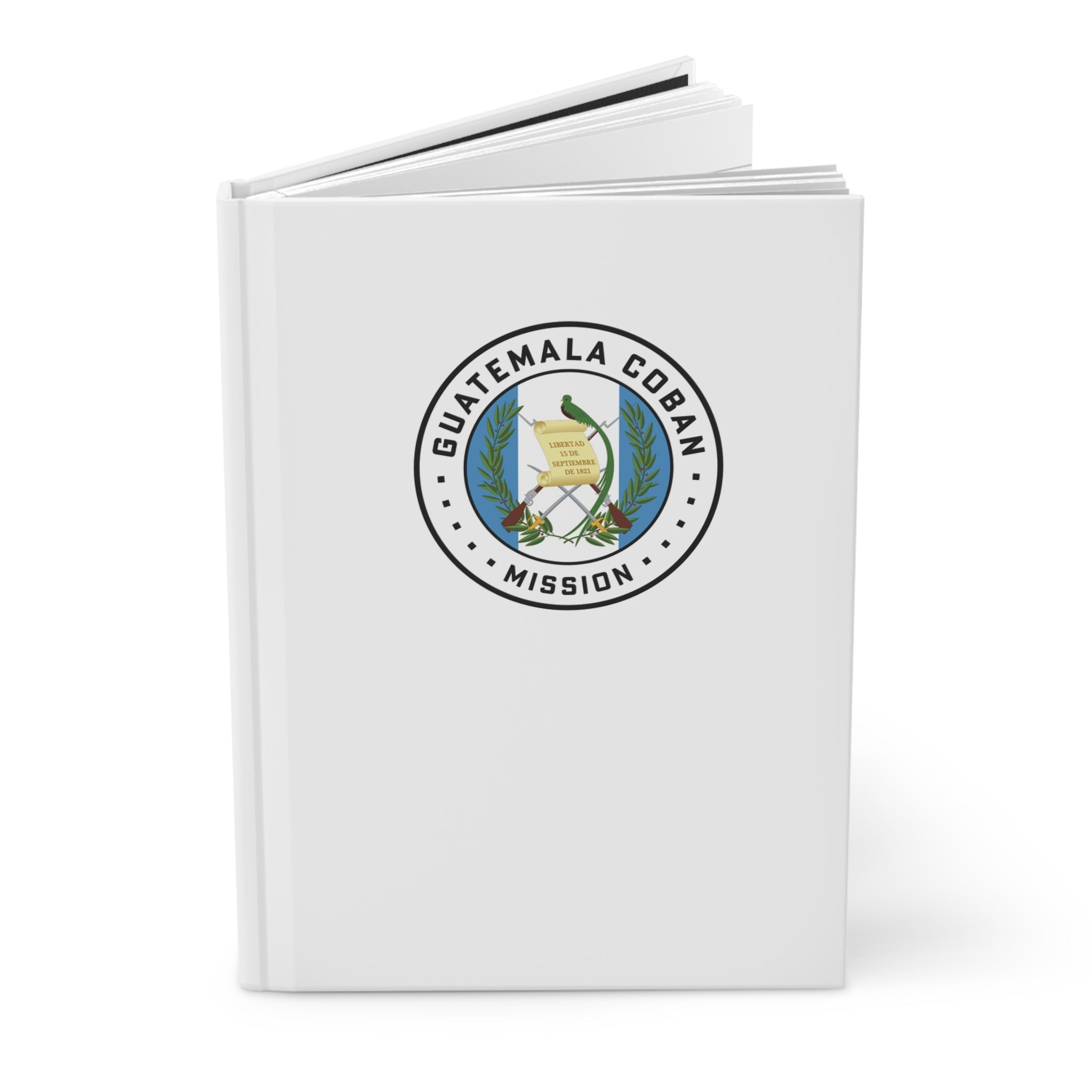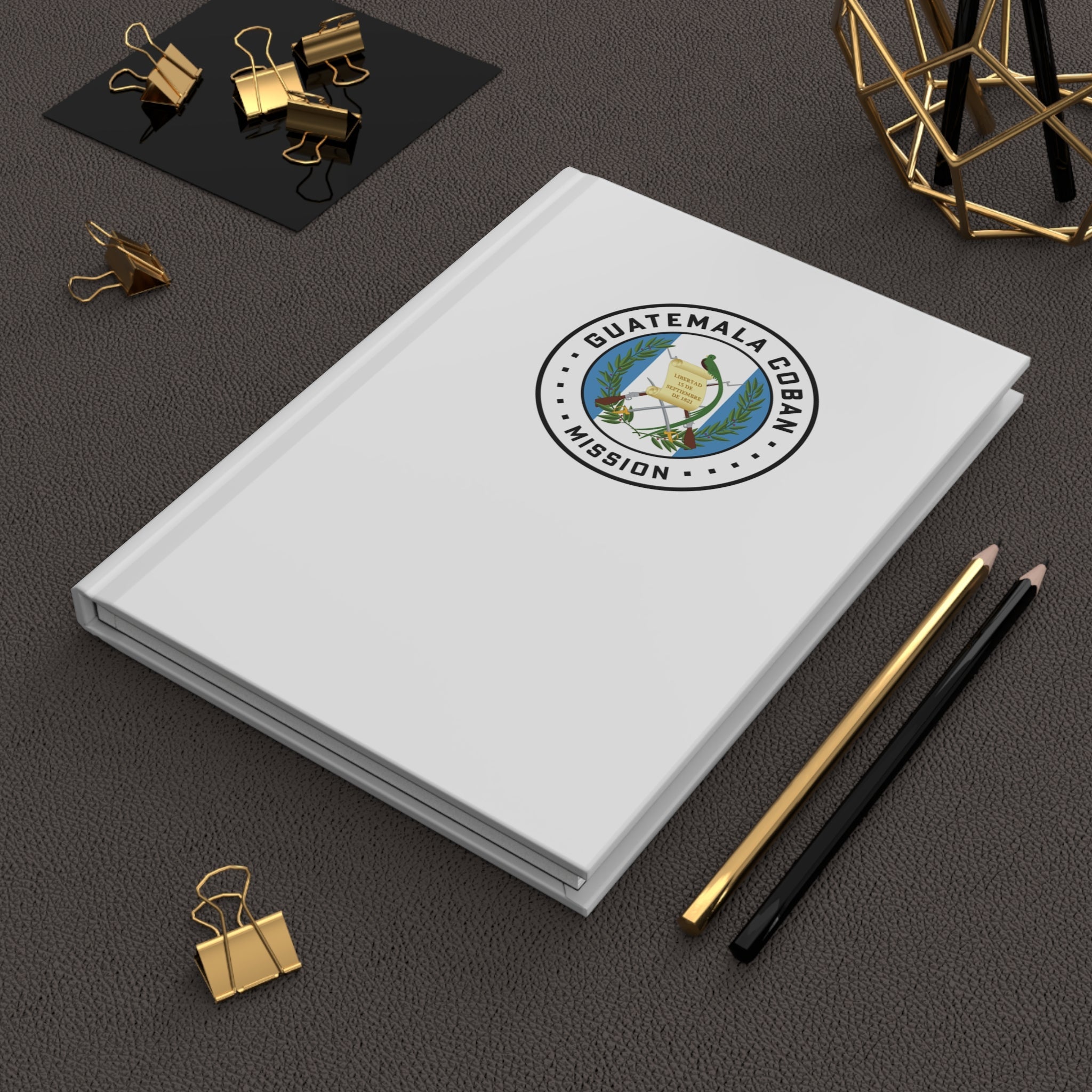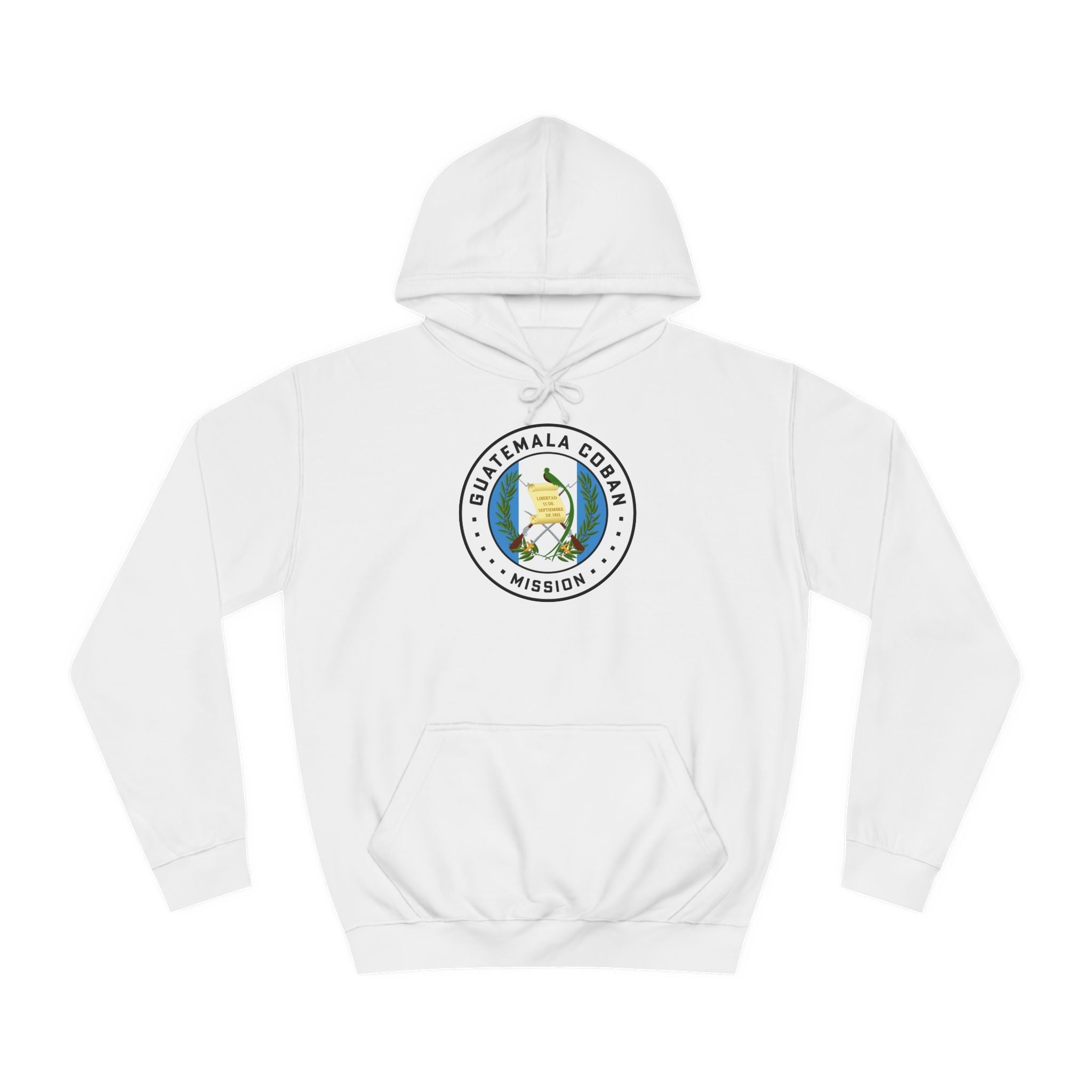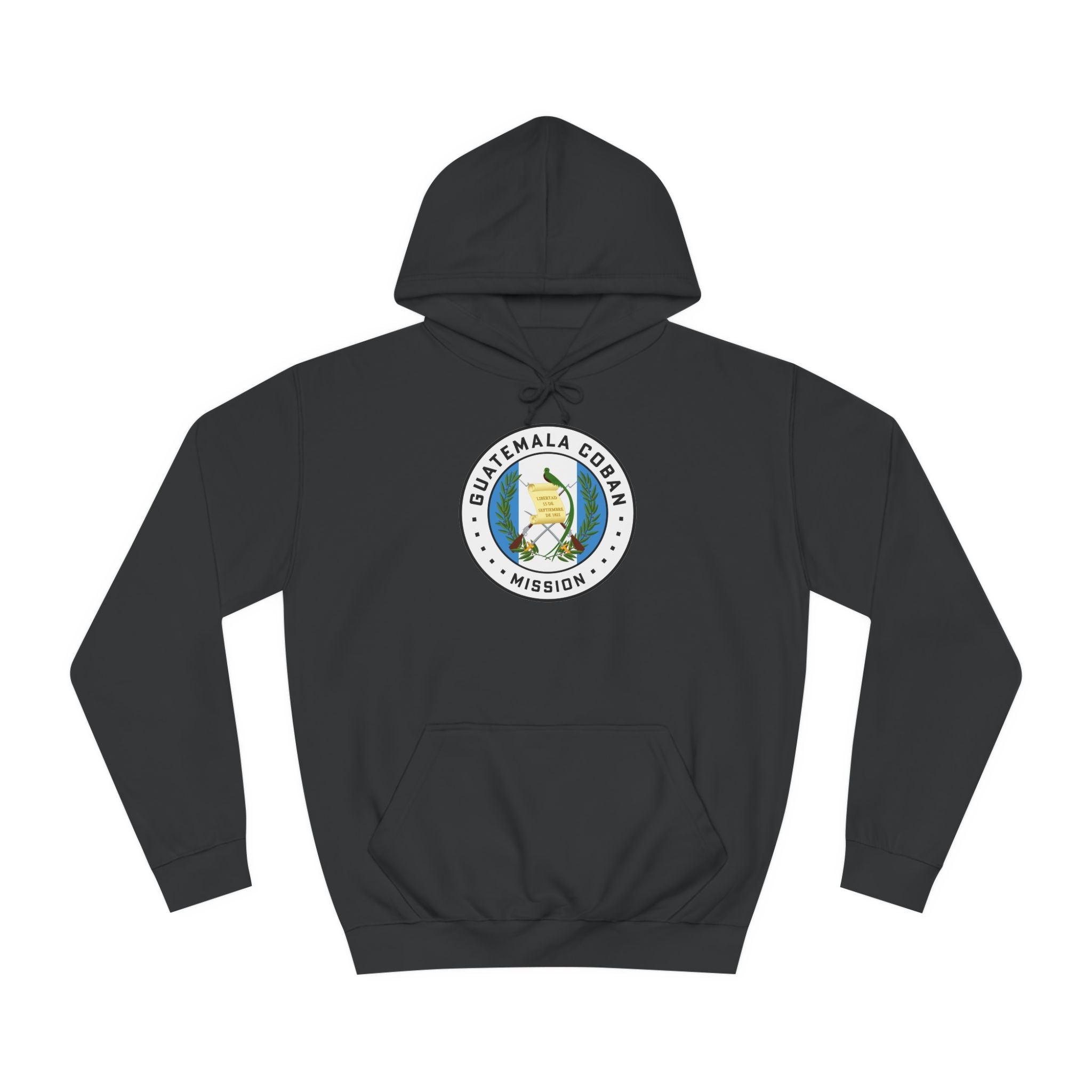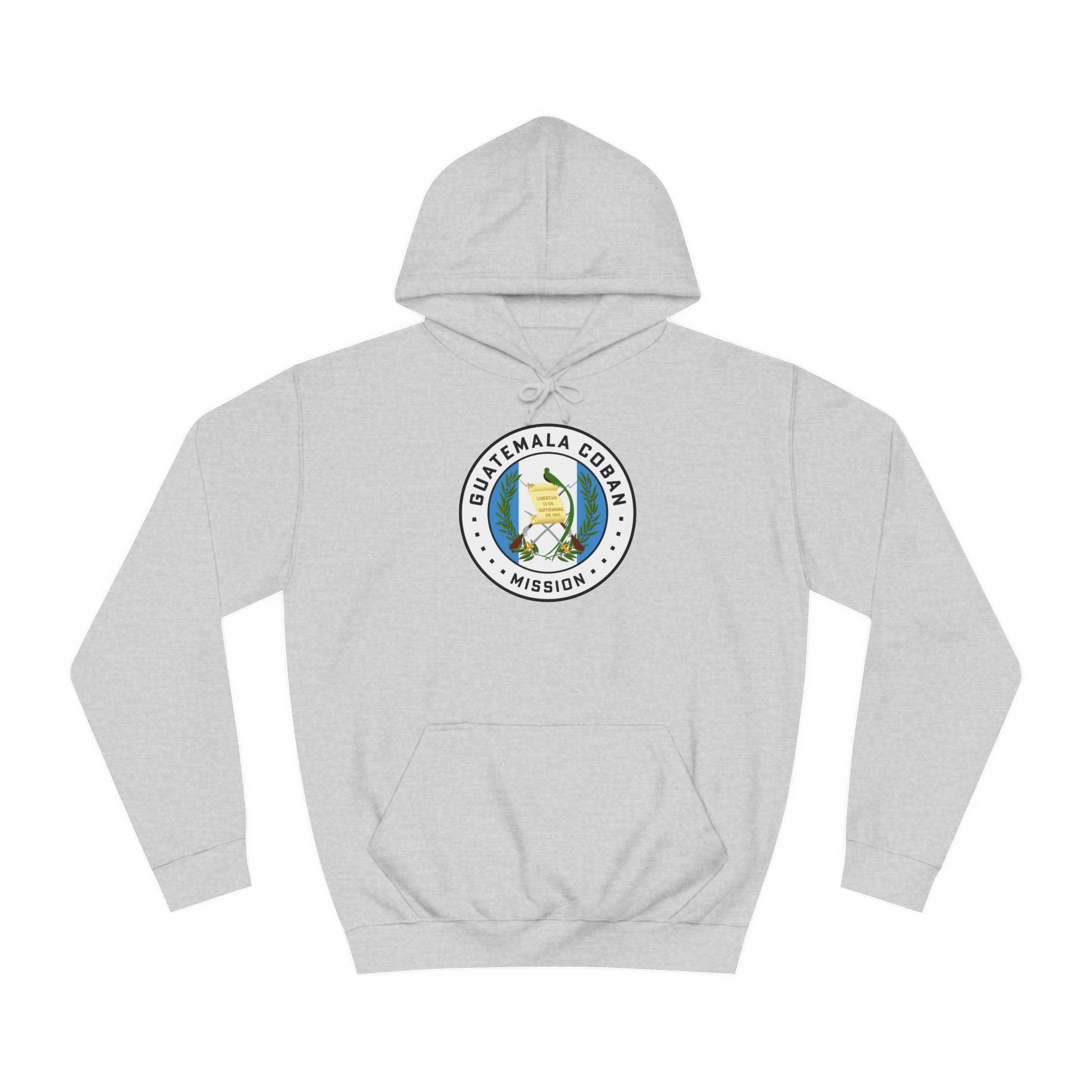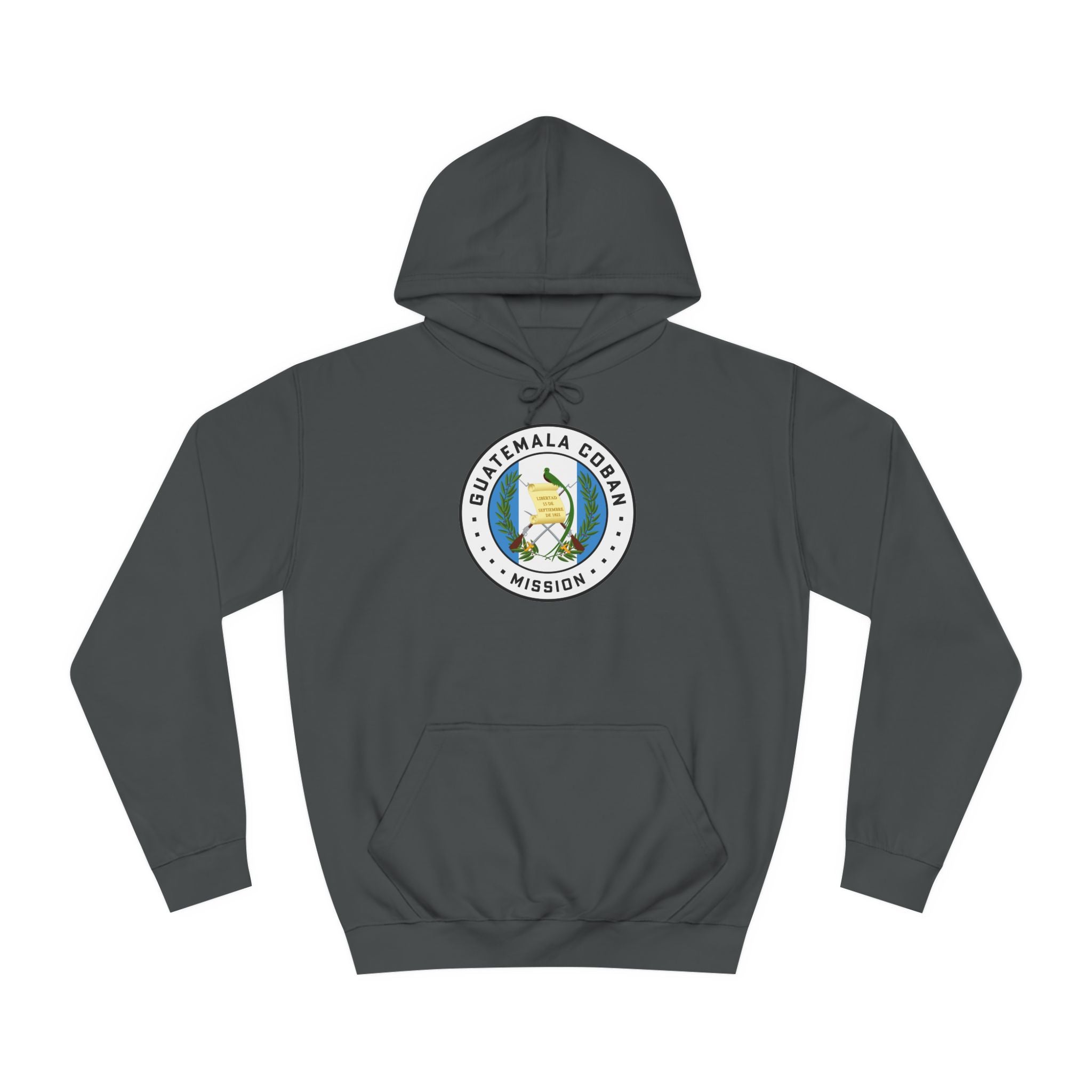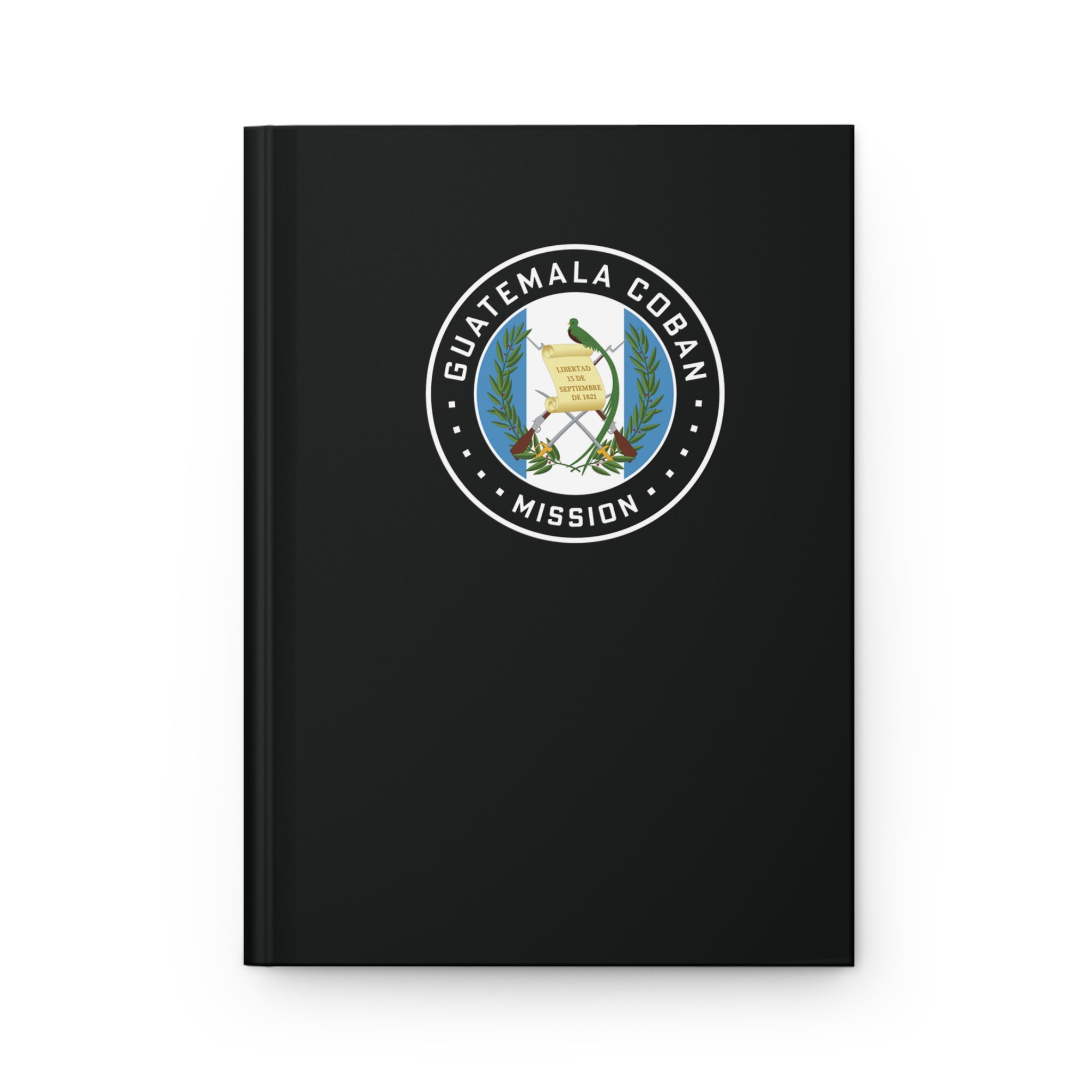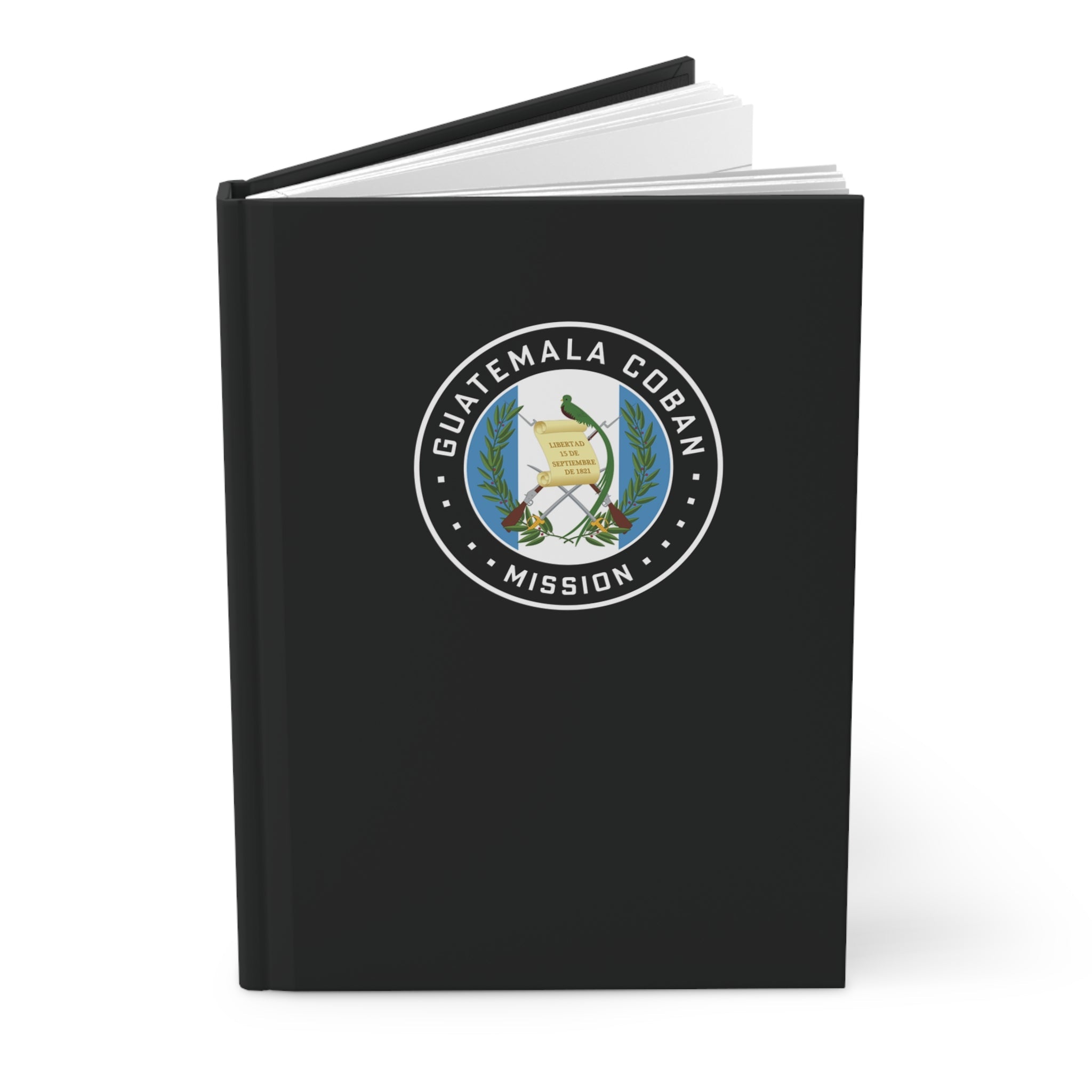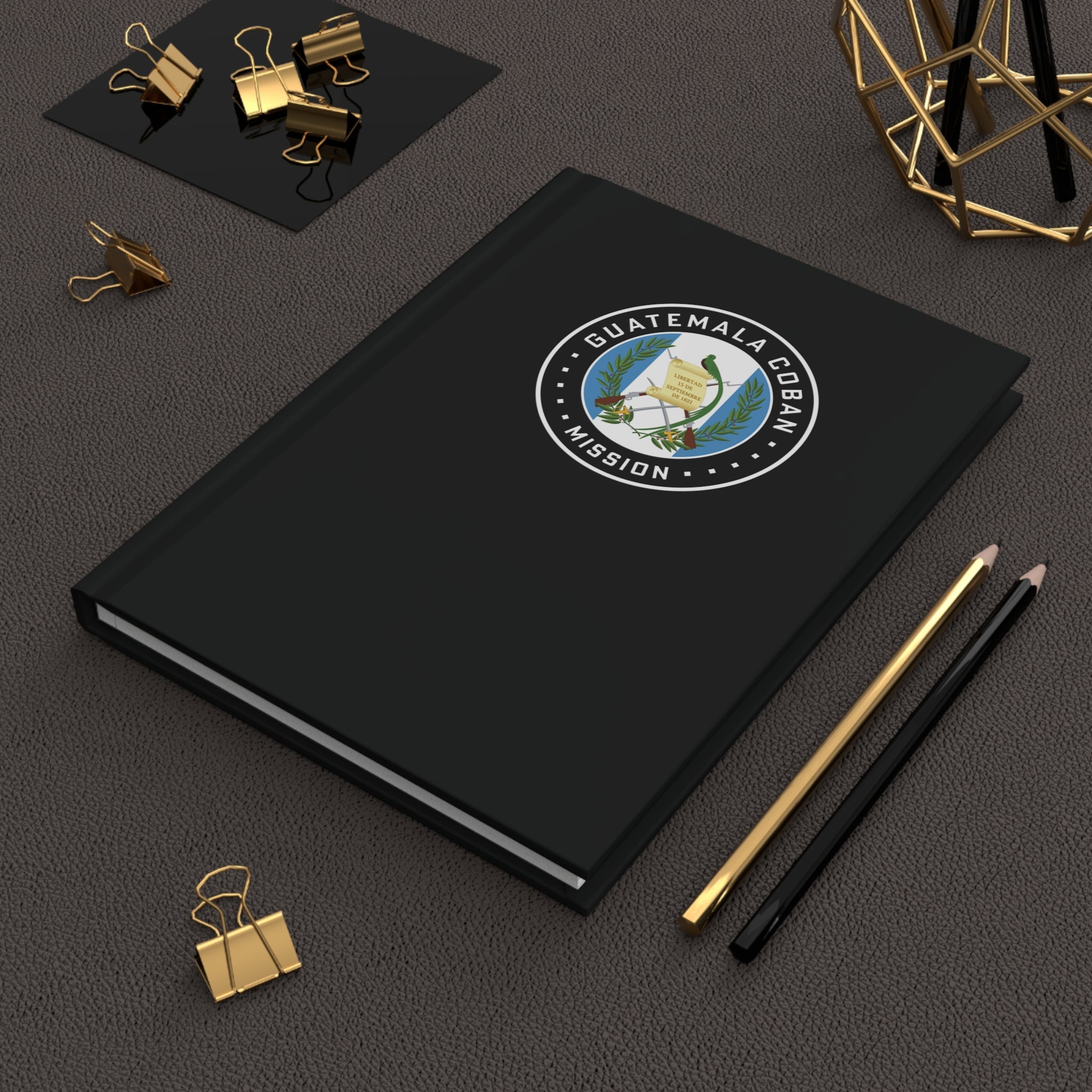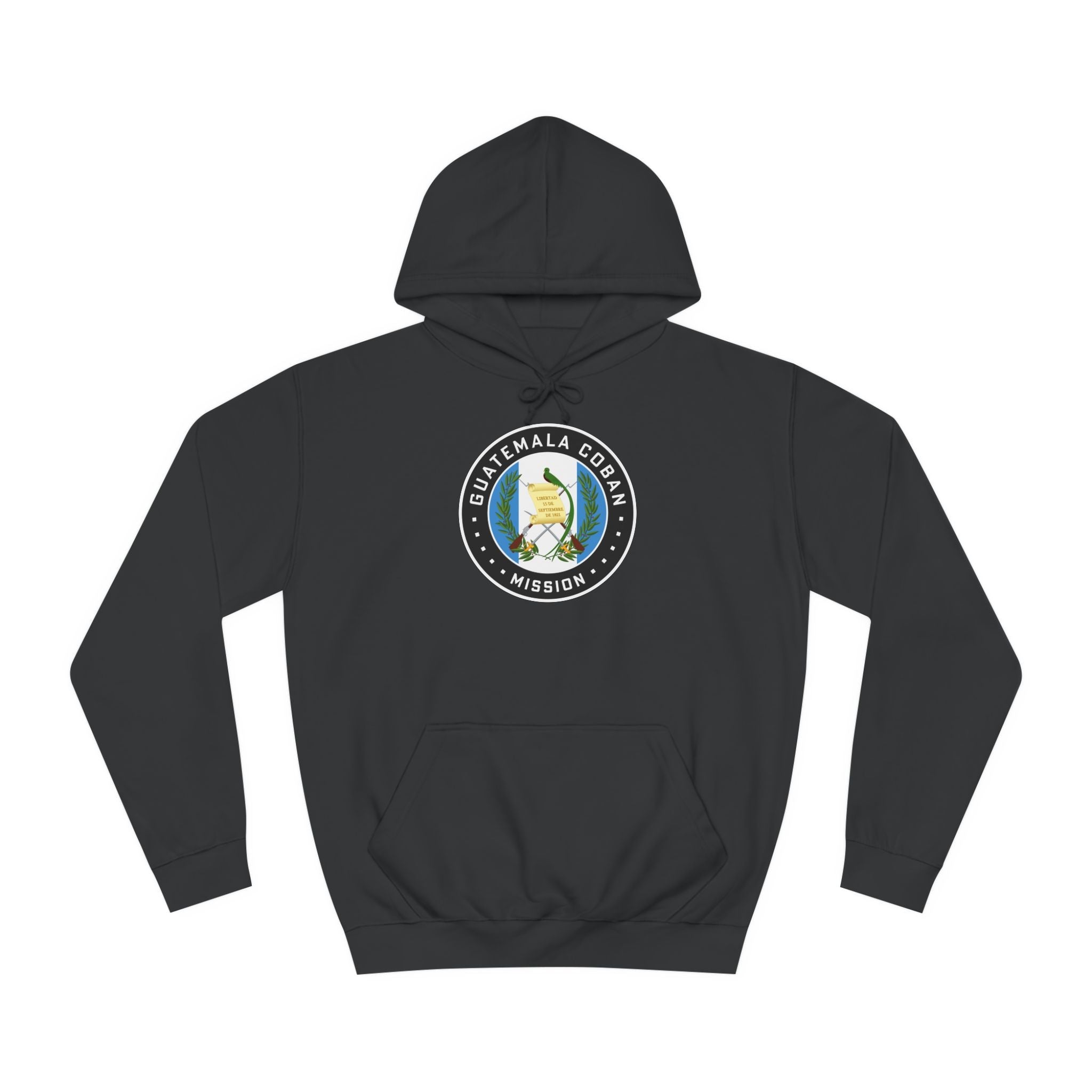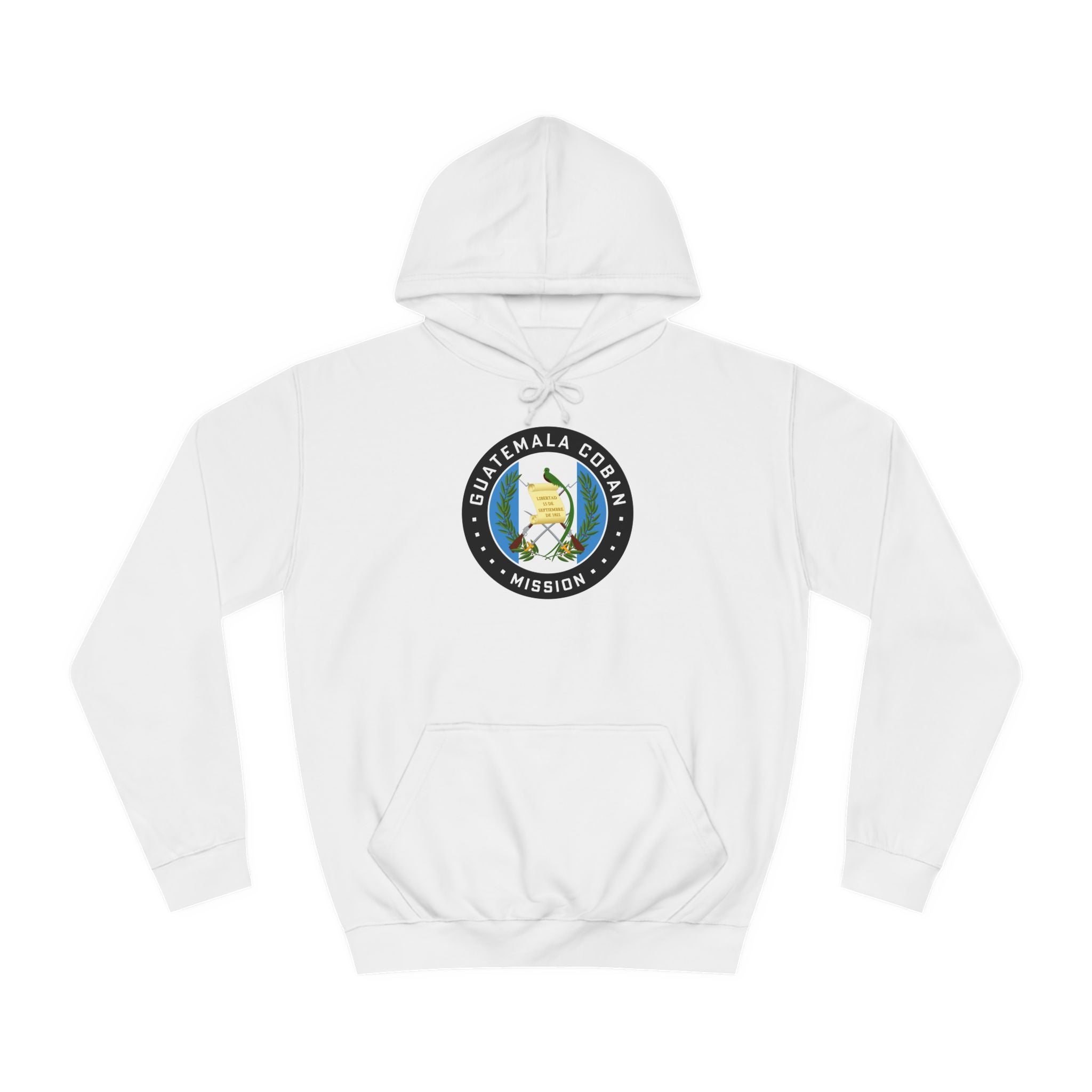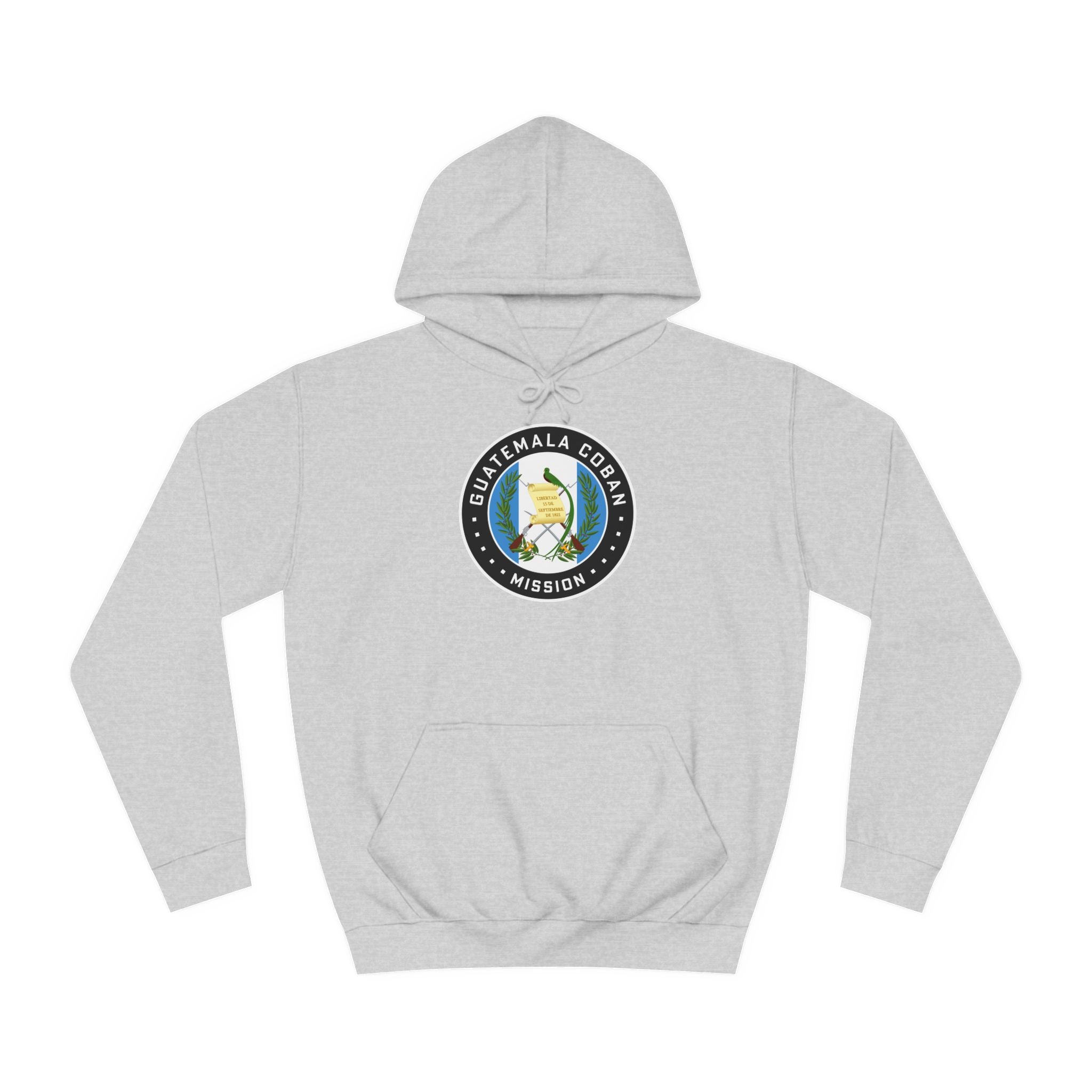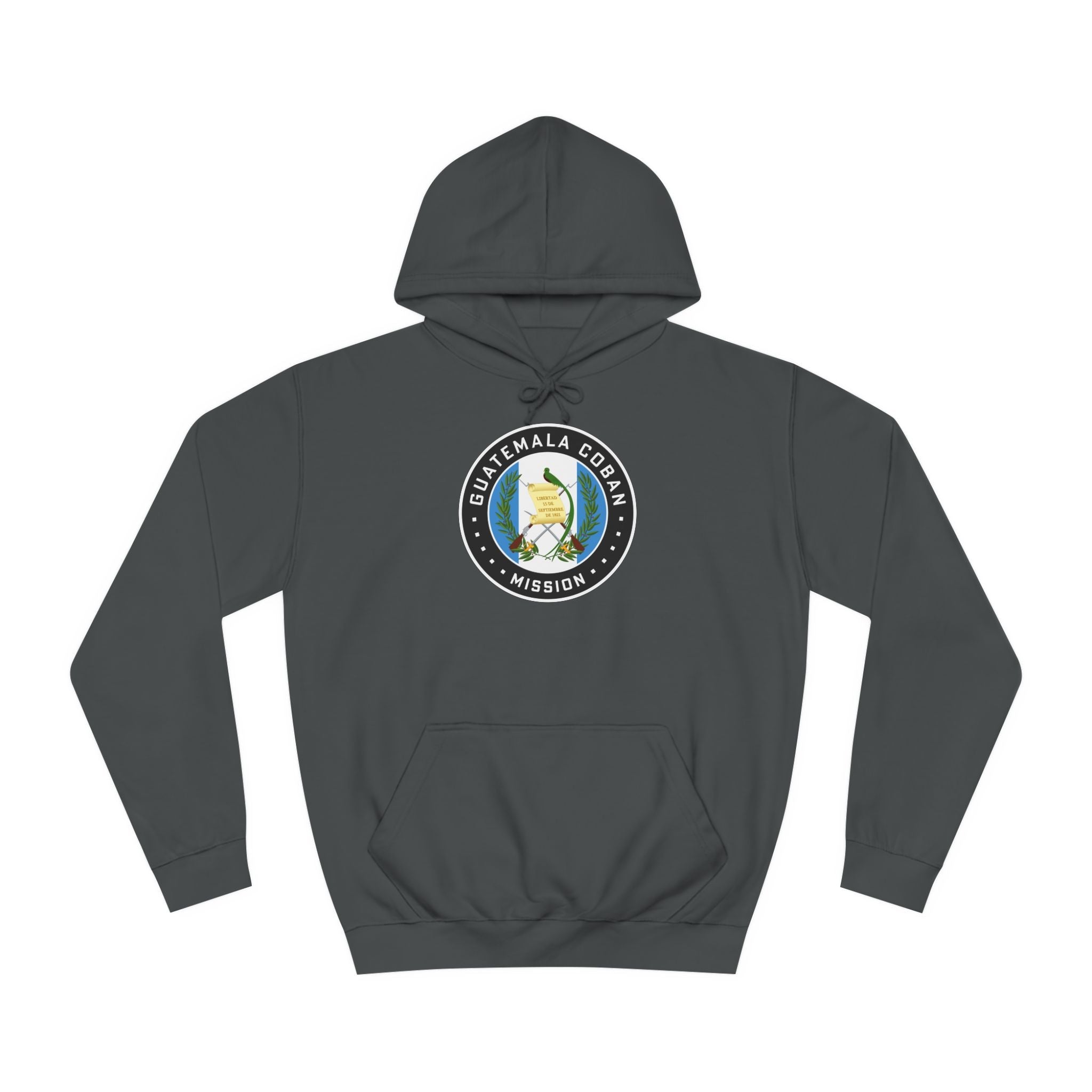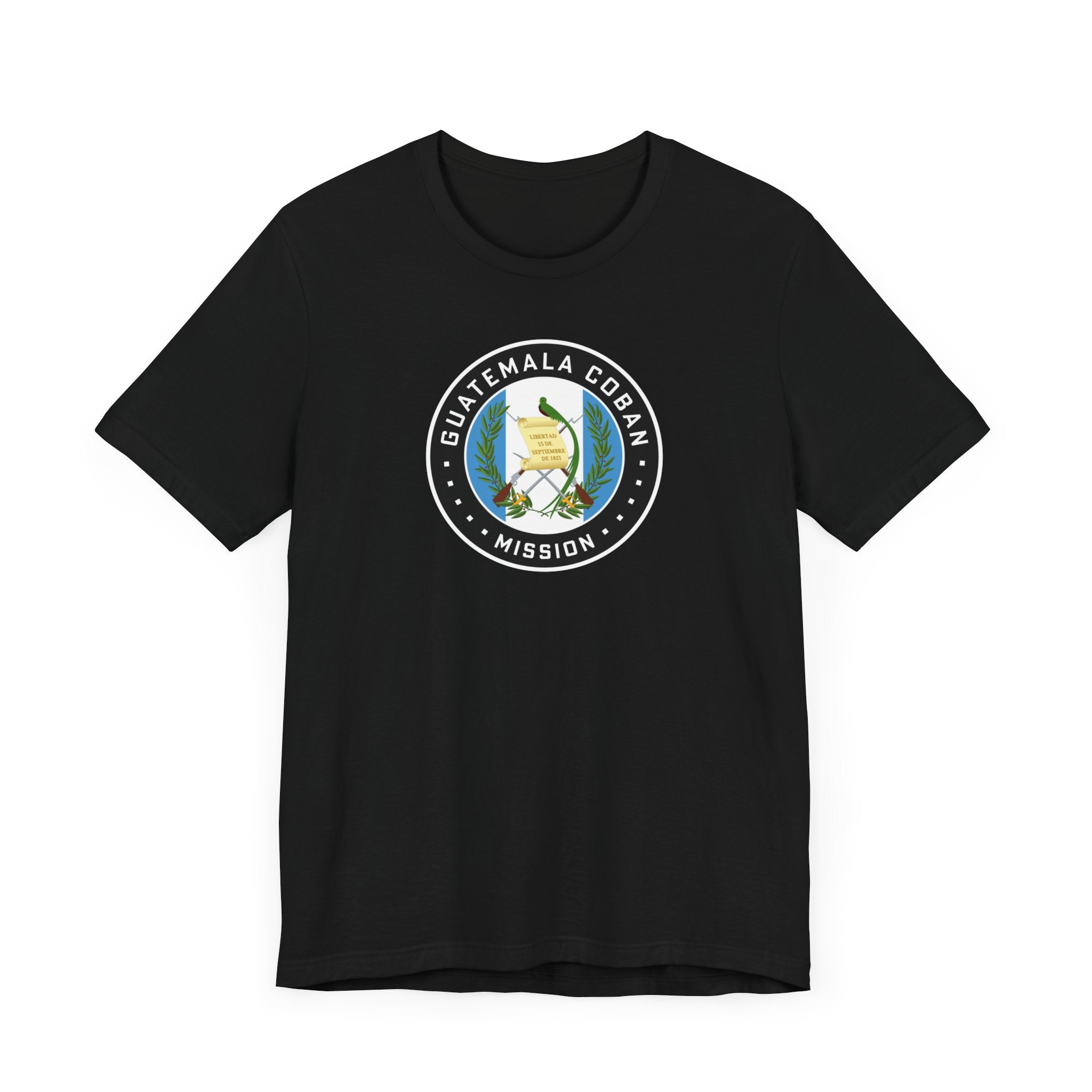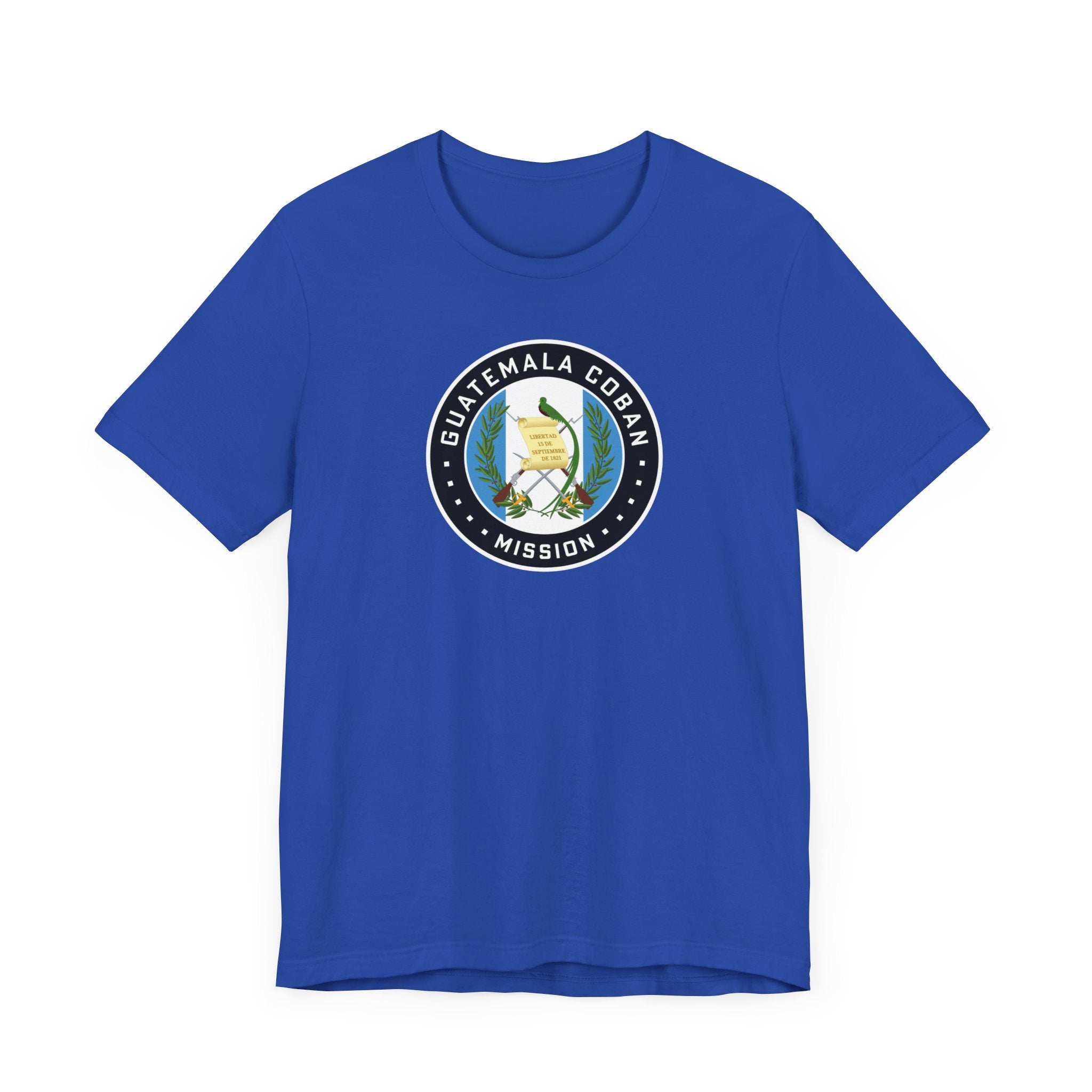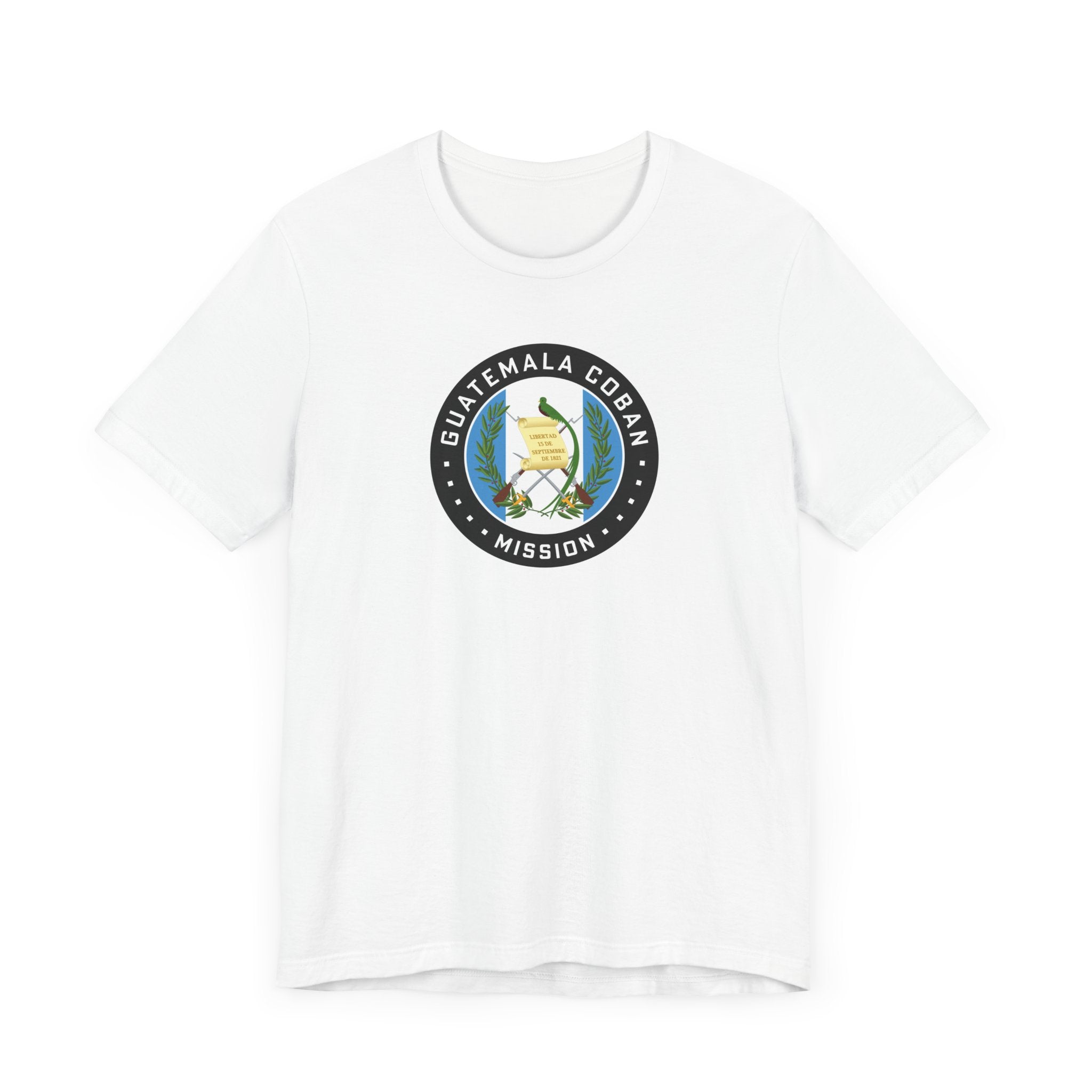John F. O’Donnal, a Church member from the United States, moved to Guatemala in 1942 and foresaw a day when the gospel would be preached to the country’s native peoples. After World War II, he petitioned President George Albert Smith to send missionaries to the country. John’s wife, Carmen Galvez O’Donnal, soon became the first Guatemalan to be baptized. In 1956 missionaries began to study Mayan languages, fulfilling O’Donnal’s dream.
By 1962 there were over 10,000 Guatemalan Latter-day Saints in the cities and the highlands. Many of these faithful Latter-day Saints made great sacrifices to attend the Mesa Arizona Temple. They returned “endowed with power from on high” and prepared to build up the Church among Guatemala’s many ethnic and language groups (Doctrine and Covenants 38:32–33). As the Church expanded throughout the country, Guatemalans developed programs such as Gospel Essentials classes, which would come to benefit the Church throughout the world. In 1984 Saints filled to capacity 11 dedicatory sessions for the Guatemala City Guatemala Temple.
Over the course of the Church’s history in Guatemala, Saints have served and supported one another through natural disasters, civil strife, and economic struggles. Countless Guatemalan Saints have sought to develop new skills to bless their families and communities and to administer to the poor and needy (see Doctrine and Covenants 38:35).
